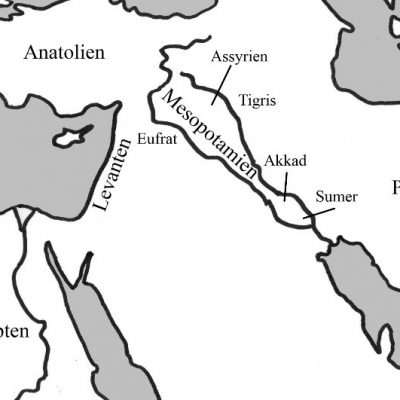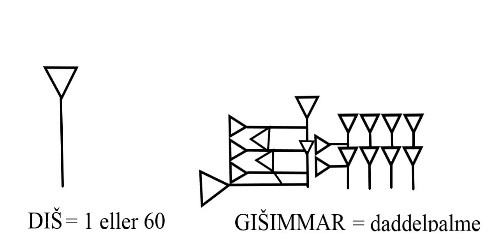Dan Everett on the ethics of linguistic fieldwork

One evening, Linea Flansmose Mikkelsen and Liv Moeslund Ahlgren met up in Lingoland at Aarhus University and set up a zoom-connection across the Atlantic Ocean to talk to Dan Everett. He is an American linguist, best known for his work on the Pirahã language, and is currently a professor at Bentley University. This is the second part of the interview, where we talk about the ethics of fieldwork, building relationships and the importance of seeing yourself as a student.
In the first part of the interview, we discussed Dan Everett’s career, motivations and his dream project.
You started your career as a missionary and ended up as a scientist. Can you tell us about some of the ethical … ↪






